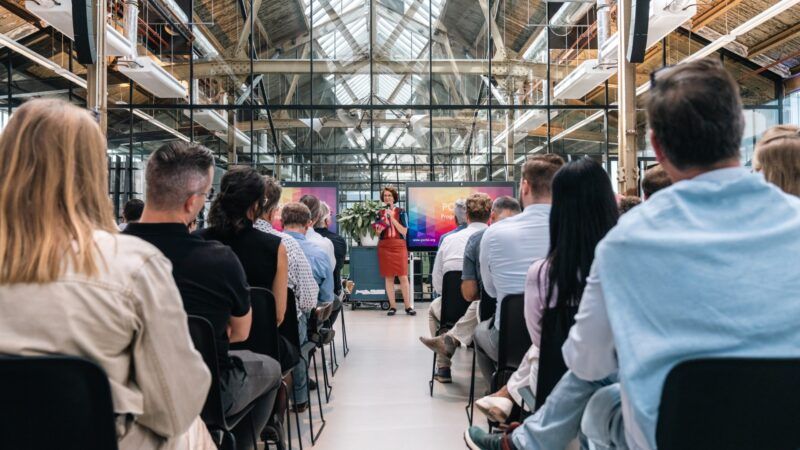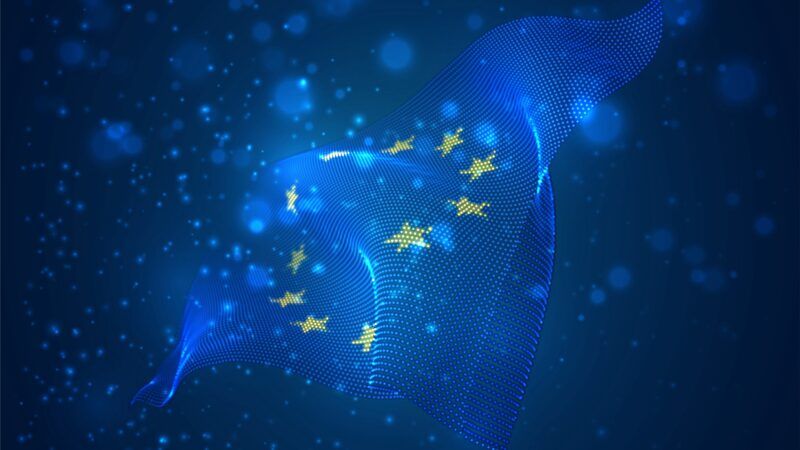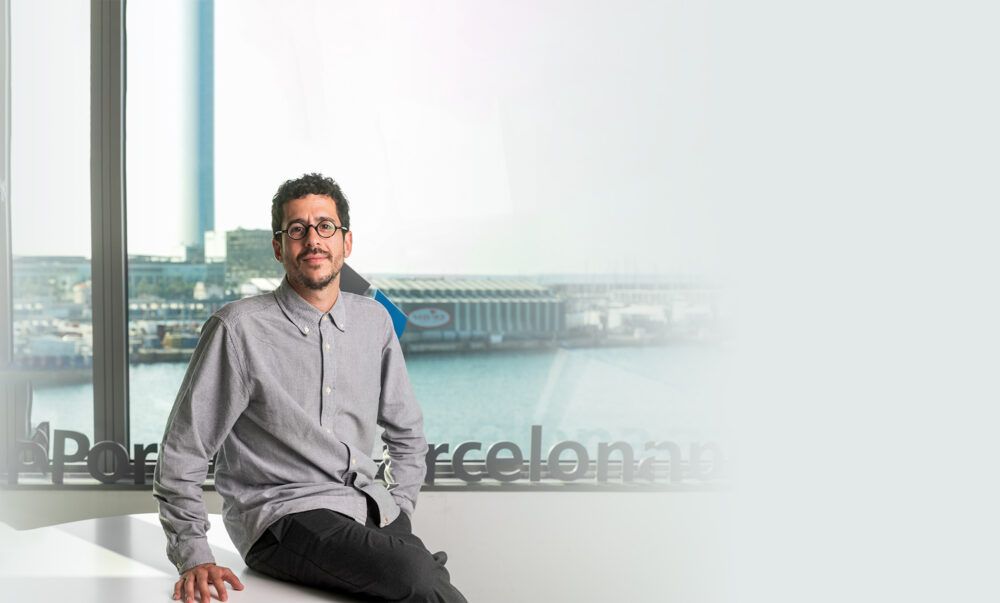 Miquel de la Mano hopes that BCN Port Innovation will incorporate as many actors as possible to accelerate a more efficient and sustainable management of the sector (PierNext/Claudio Valdés)
Miquel de la Mano hopes that BCN Port Innovation will incorporate as many actors as possible to accelerate a more efficient and sustainable management of the sector (PierNext/Claudio Valdés)
The BCN Port Innovation Foundation: open, transversal and cross-sectoral
The BCN Port Innovation Foundation was created to finance and boost innovation models that promote sustainability, efficiency and optimisation of logistics and port processes. But it will not do this alone. Its aim is to generate an ecosystem that provides the knowledge and collaboration necessary to accelerate this transformation. PierNext talks to Miquel de la Mano, its technical director, a few days after the official presentation of the Foundation.
 Miquel de la Mano hopes that BCN Port Innovation will incorporate as many actors as possible to accelerate a more efficient and sustainable management of the sector (PierNext/Claudio Valdés)
Miquel de la Mano hopes that BCN Port Innovation will incorporate as many actors as possible to accelerate a more efficient and sustainable management of the sector (PierNext/Claudio Valdés)
The BCN Port Innovation Foundation has just made its debut. The private entity, promoted by the Port of Barcelona, Ackcent and Aggity, seeks to attract talent to transform the maritime-port sector into a benchmark smart hub.
Miquel de la Mano, its technical director, has a decade of experience researching and leading projects in areas such as mobility, energy and technology transfer at a national and international level. His main mission is to help ports meet the objectives of the 2030 Sustainable Development Strategy by selecting, financing and promoting innovative solutions.
The Foundation has been named BCN Port Innovation. What are we talking about when we talk about innovation?
It is a word with a very broad meaning. From my point of view, it is exploring another way of doing things and with a clear objective. More than technology, which ultimately is just a tool, innovation is more related to transforming the status quo or certain processes that are traditionally done in a specific way to make them more efficient, sustainable and to optimise resources better.
And how does the BCN Port Innovation Foundation apply it?
The role of the Foundation is, through public-private collaboration, to articulate initiatives, technologies and process changes that are more complex to lead from the public sector because, for the Administration, the degree of uncertainty must be very low.
The Foundation must be the actor and the tool that validates models and technologies with agile execution and based on trial and error that will allow processes to be transformed. The logistics-port sector must approach the degree of maturity of other sectors that believe that errors can produce victories.
One objective is to meet the goals of the 2030 Agenda. What should ports do?
These six months that I have been in office have allowed me to learn, on the one hand, about the diversification of the Port of Barcelona's business model and about other port models of a very diverse nature, some of which are more industrial or more focused on petrochemicals.
In Barcelona, the key word is electrification, and from various angles. On the one hand, we have to take advantage of the fact that, at the regulatory level, the deployment of photovoltaics is simpler and quicker to implement, and there is a greater return on investment. In addition to its deployment, it is interesting to have the infrastructure that allows the electricity generated to be stored for consumption during the most expensive periods.
Another project that already has some trajectory is Nexigen, the deployment of OPS (Onshore Power Supply) technology in ports to establish an electrical connection between the quayside and the ships docked in port.
And what role do non-fossil energies play?
We still need to understand which industrial or service process is best suited to which type of fuel. Otherwise, we could fall into the mistake that was made in the early 2000s when gas combined cycle plants were oversized because "we had to" and their amortization has not yet taken place. Accompanied by research and validation, they will be a solution in the medium term, as will increasing intermodality and backing rail as the means of transporting the greatest number of goods.
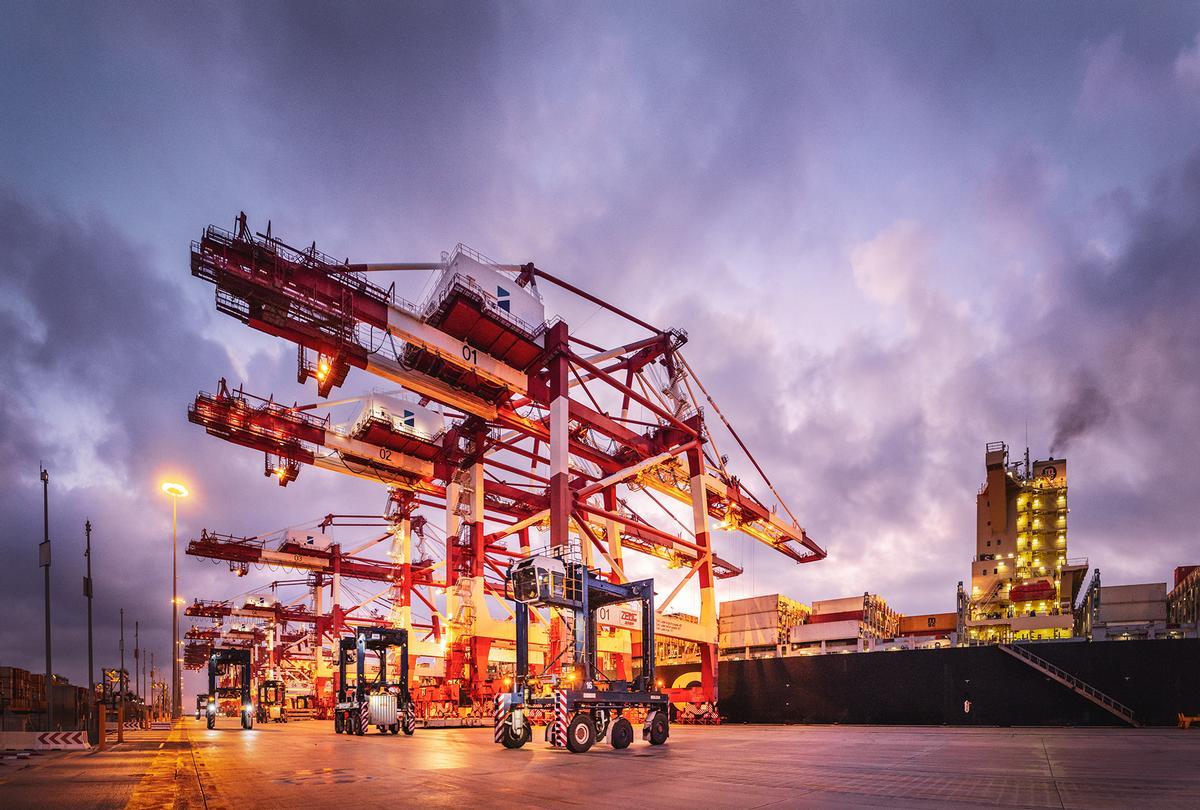
You mentioned that you have had the opportunity to learn about other port models. What have you learned from other port authorities?
In the framework of the ChainPORT network, we met in Antwerp with colleagues from the ports of Shanghai, Busan, Singapore, Tangier, Montreal, Antwerp-Bruges, Rotterdam and Hamburg. Getting to know other models and realities was very interesting and there are specific things that could be replicable in terms of intelligent infrastructure, energy transition, sustainable mobility or hubs and innovation models.
On the last day we made an analysis, conclusions were drawn and several initiatives began to be generated, in my case, with the ports of Tangier and Hamburg, which we are already beginning to structure.
An example? It was very interesting to learn how they manage and store different substances and fuels to create optimised and circular energy flows that reuse both temperature and waste. It was a great learning experience.
“Innovation is more related to transforming the status quo or certain processes that are traditionally done in a particular way to make them more efficient, sustainable and optimise resources better"
The Foundation's aim is precisely to share this innovation. How do you intend to do this?
We are clear that the intellectual property rights (IPR) of the pilots promoted by the BCN Port Innovation Foundation will not be exclusive and must be replicable. This is, in fact, a condition of the contracts we sign: if the Foundation finances the pilot, the companies cannot keep their IPR exclusively.
However, in the case of early adopters, the beneficiary company, having shared its know-how, can agree with the supplier, the start-up, on better conditions, price or create a shared solution. But what we want is for the solutions to be applied in as many terminals or scenarios as possible, depending on each use case.
In fact, a few weeks ago we received two people from the port of Gothenburg interested in what we are doing. We presented them with the two projects we have underway; AllRead’s at the BEST Terminal and Goclever’s at the Grimaldi Terminal. From here, we are in discussions to try to replicate some of the two use cases or the same technology in their port environment.
In this respect, we are not wary, on the contrary. We are proud that the companies that have tested their solutions in Barcelona are also doing so abroad. The aim is to accelerate the transformation towards a Smart Port and, at the same time, to be a benchmark in innovation in southern Europe. And this is achieved by exporting and replicating.
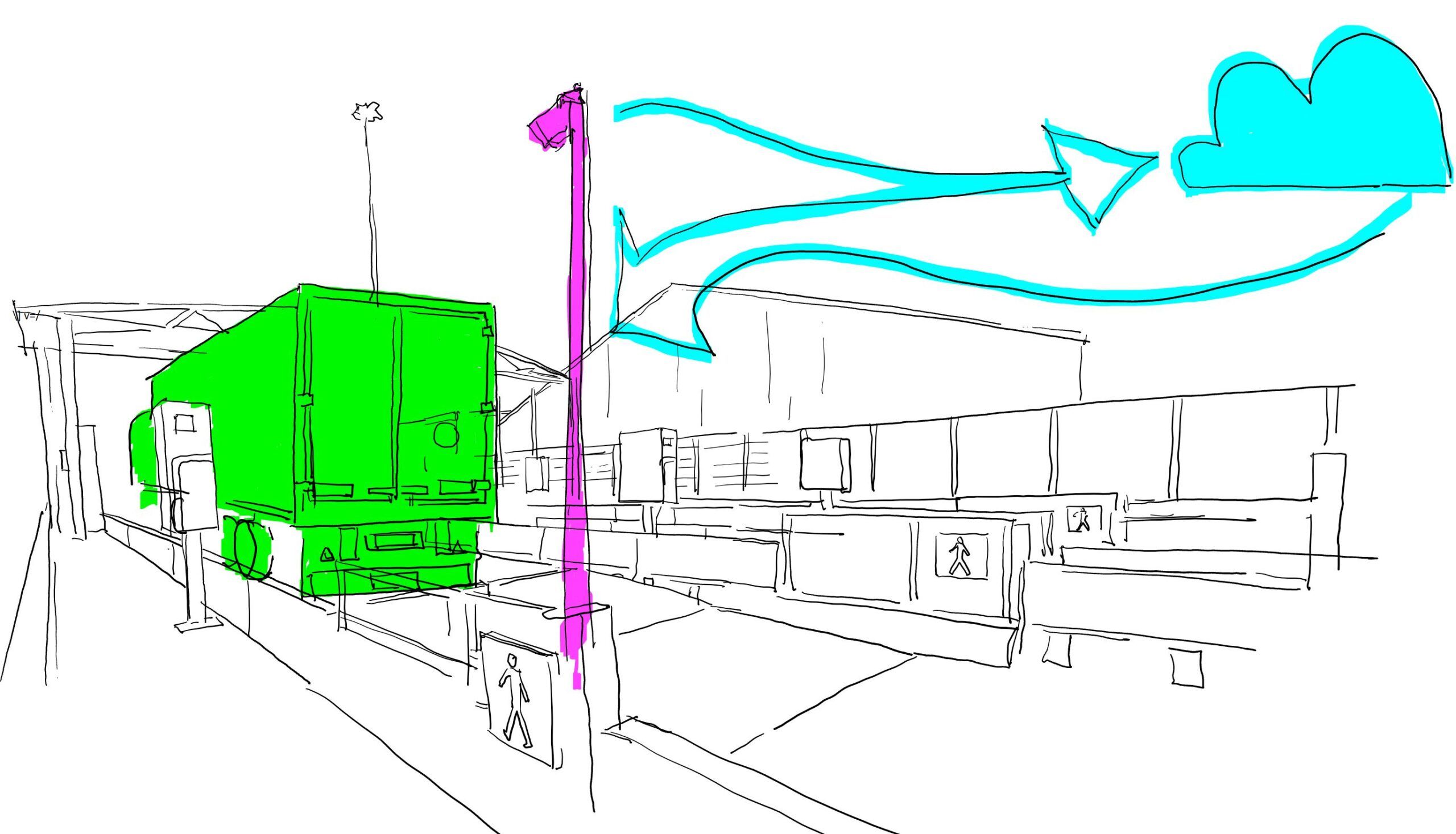
Another objective of the BCN Port Innovation Foundation is to generate an ecosystem that promotes this innovation. Is it intended to be formed by local agents?
I believe that, on the one hand, knowledge must come from academia or from start-ups that are just starting out. This means lower levels of maturity and more uncertainty, but it is necessary. Another scenario is robust solutions proven in other sectors, as is the case with AllRead.
If the regulation, the sector and the technology are mature enough, the players could be local. If any of these three fail, we will have to broaden the scope.
We started talking about port community, but now we refer to ecosystem because we do not want to limit ourselves to the port sector. The intention is to integrate other perspectives and change the narrative. We have ambitious goals and to achieve them we need as many stakeholders as possible. This will accelerate the implementation of more efficient and sustainable consumption and management models.
How do you select projects?
On the one hand, we have the Executive Committee, which is made up of the Barcelona Port Authority and Ackcent and Aggity, which contribute with their technological expertise. One of its functions is to escalate to the Board of Trustees, which is the body that approves both the budget and those projects that meet the funding requirements.
Last year, a budget of 480,000 euros was approved for the two projects I have already mentioned and also for one project in each of these areas: logistics, mobility, environment and 5G.
The Executive Committee will work on these projects and when we have a series of concrete proposals we will present them to the Board of Trustees.
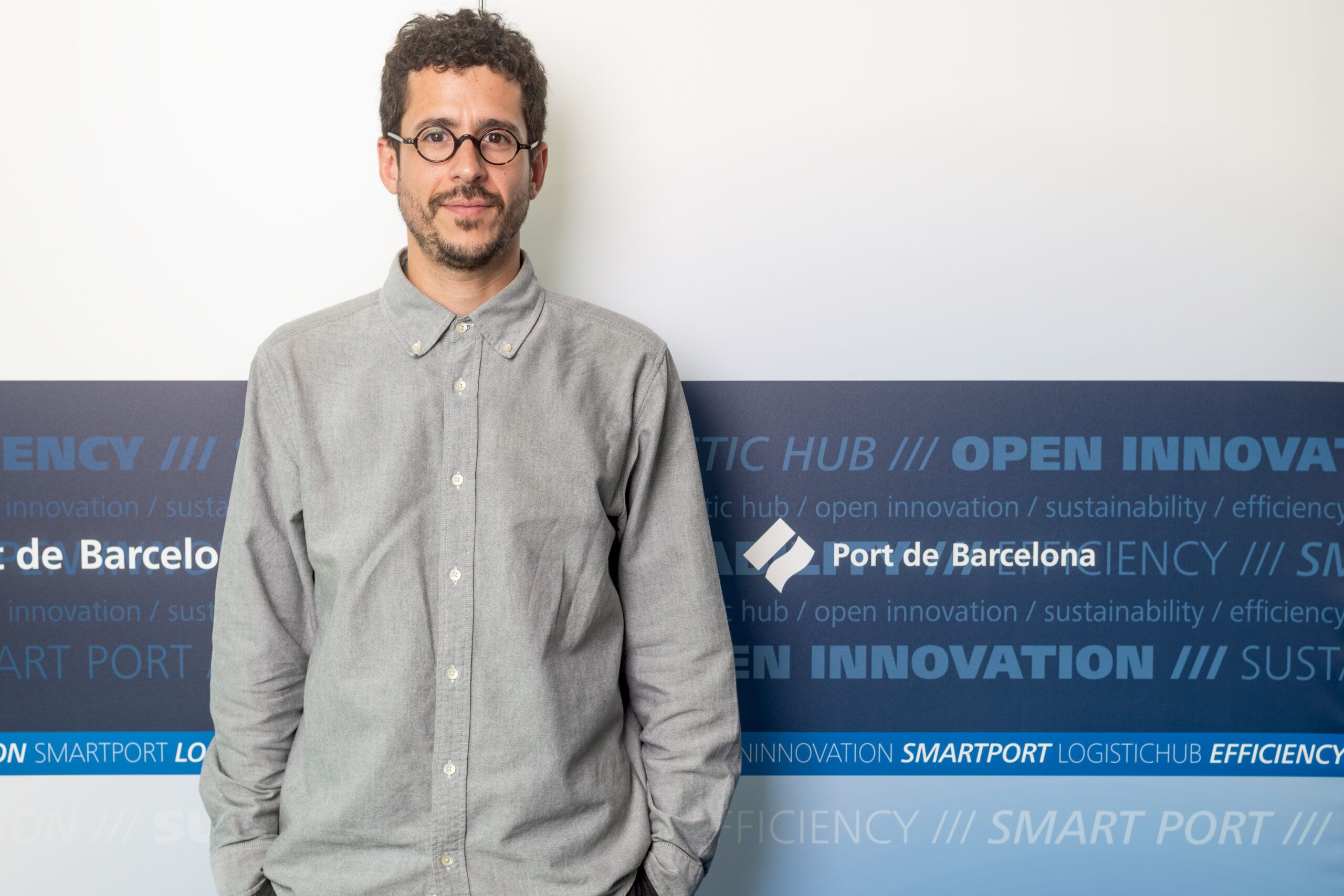
Do they have to meet a number of criteria?
On 8 June we organised what we call the leading partners forum, a working session formed into three groups (logistics, mobility and environment) with those partners who have placed their trust in the BCN Port Innovation Foundation by signing a letter of commitment with the Foundation and have consolidated their contribution or have invested more than 25,000 euros.
These partners have the capacity to define which challenges and needs and which value-added and technological responses will be worked on for the rest of this year.
Is the application of the Smart concept the most effective tool for ports to overcome challenges and achieve their goals?
Sometimes we use words from a marketing angle and they become a trend. I believe that in order to change things, you have to change people's mentality. We used to talk about Living Labs and now we talk about 'regulatory sandbox' and in the end, they are often arguments or tools that are used to transform mentalities. We relate it to technology and there are many transformations that do not need technology, or very little.
The origin of the term comes from Smart Cities, but I believe more in smart citizens who have the capacity to improve their environment. What we at the Foundation want is to boost and validate these innovation models to improve the processes and competitiveness of the different actors that form part of this value chain.




